冷却水の流量は、自律暖房システムを設計する際に計算される重要なパラメータです。この値は、循環ポンプ、ラジエーター、ボイラー、その他の暖房機器を選択する際に考慮されます。冷却水流量の計算を誤ると、将来的に悪い結果を招く可能性があります。
- まずそのため、ボイラーとポンプをフル稼働させても部屋の温度が上がらず、システムが負荷に対応できない可能性がある。
- 次に循環ポンプは可能性の限界で働くため、消耗が早く、故障する可能性がある。
このようなトラブルを避けるためには、クーラントのマスフロー率という概念を十分に学び、その値の計算方法を学ぶ必要がある。
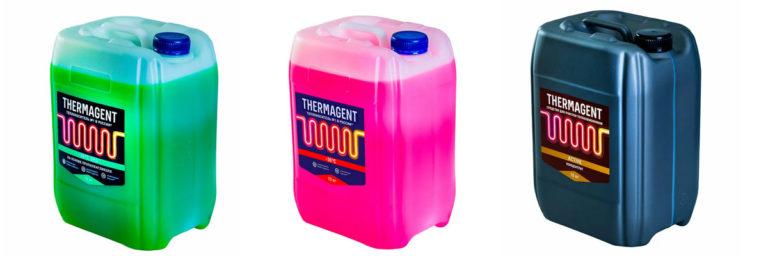
記事内容
クーラント流量とは
この特性は、システムが必要な熱伝達を行い、施設内に快適な温度体制を作り出すために、ラジエーター、ボイラー、またはパイプを通して毎秒流れなければならない作動流体の体積を決定します。この定義に基づいて、高温流体の流量をキログラム毎秒(kg/s)で計算します。例えば、計算の結果、10kg/sとなった場合、暖房回路の任意のポイントを1秒間に10kgの水または特殊な不凍液が流れることを意味します。暖房システム内の冷却水の実際の流量が計算値より少なければ、ラジエーターに供給される熱エネルギーは少なくなります。従って、ラジエーターはより低い温度に加熱され、室内は最適な温度体制を確立することができなくなります。
クーラント流量は何に依存するか
この理論によると、熱負荷に対する冷却水流量の計算は、システムの設計容量、作動流体の熱容量、ボイラーの入口と出口の温度差という3つの主なパラメータを考慮して行われる。これらの特性はそれぞれ、他の多くの要因に依存する。例えば、設計容量は、暖房する部屋の面積や容積、断熱の質、地域の気候などによって決まる。熱媒体の熱容量は、その化学組成に依存する。温度差は、暖房用バッテリーの特性やその数、パイプの材質、循環ポンプの能力などによって減少したり増加したりします。熱負荷に応じた熱媒体の流量を正しく決定するためには、記載されている3つの値をそれぞれ詳しく検討する必要があります。
暖房システムの設計能力
この指標をボイラー出力と混同してはならない。システムの設計能力は、多くの異なるパラメーターを考慮して、建物ごとに個別に計算される:
- 壁、天井、床の材質、熱伝導性、熱容量;
- 特定の地域の気候の特徴、年間平均気温;
- 設置するラジエーターの数とその特性;
- パイプ内の熱損失;
- 必要な室温など
計算された設計容量に基づいて、適切な特性を持つ暖房用ボイラーが選択される。原則として、ボイラーユニット容量は、異常霜、追加バッテリーの設置など、不測の事態に備えて予備を含めて選択される。
クーラントの種類と性質
自律型暖房システムでは、蒸留水または特殊な不凍液であるサーマジェントを使用することがほとんどです。最初の選択肢は、予算を節約することができますが、水はすぐに外部物質で汚染され、内部堆積物の形成を引き起こし、腐食の発生を促進します。水の熱容量は4200 J/kg-Kで、この指標では水は他のどの液体よりも優れています。サーマジェントなどの加熱凍結防止剤はアルコール系で、エチレングリコールまたはプロピレングリコールを含む。比熱容量という点では、普通の水に全く劣らず、他のすべてのパラメーターで水を凌駕している。第一に、このような組成物は、ラジエーター、ボイラー、循環ポンプ、パイプに穏やかな影響を与え、早期の修理を防ぐ。第二に、Thermagentは腐食を起こさず、金属表面を確実に保護する。第三に、このような液体は結晶化温度が低いため、霜が降りた天候でボイラーが計画的または緊急に停止する際に液体が凍結することがありません。
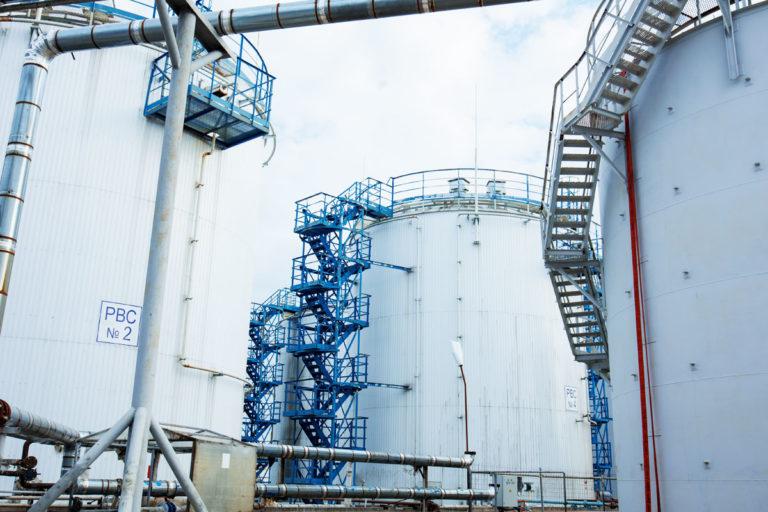
熱出力に影響するもの
暖房ネットワークを設計する際には、バッテリー、パイプ、その他のシステムの要素の熱出力を計算することが必須です。実際には、これはボイラーの入口と出口の温度差に反映されます。加熱された不凍液がボイラーユニットを出ると、蓄積された熱エネルギーの一部がラジエーター、配管、循環ポンプに供給されます。そのため、不凍液は1周するとわずかに冷却されます。その後、冷却された不凍液は入口パイプを通ってボイラーに戻り、設定温度まで再加熱され、このサイクルを繰り返します。ボイラー入口と出口の温度差は冷却液流量に直接影響します。流体が回路内をより速く循環すれば(循環ポンプがフルパワーの場合など)、ラジエーター内をより速く流れることになります。従って、クーラントの冷却時間は短くなる。温度差は、ラジエータの熱出力が高いほど、またシステム内のラジエータの数が多いほど大きくなります。5つのラジエーターを流れることで、同じ時間で3つの同じようなラジエーターを流れるよりも冷却液はより冷却されます。
エンジニアリング・フォーミュラ
暖房システムを設計する際には フォーミュラ 最もよく使われるのは流体流量である。 m = Q / (Cp × Δt).Qはシステムの設計容量。Cpは、熱媒体として使用される液体の比熱容量である。凍結防止剤の種類によって大きく異なる場合があります。具体的な値を知るには、クーラントのマニュアルやカタログの説明を読む必要があります。この情報は、材料のメーカーから入手することもできます。
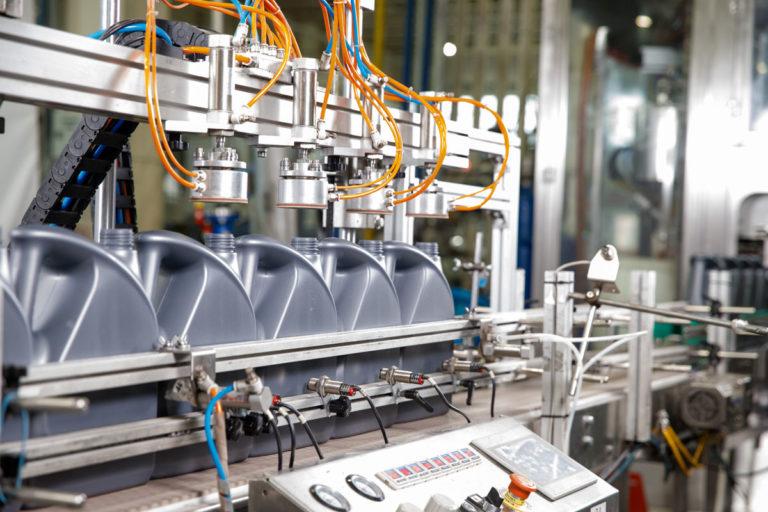
エラーを避けるため、入力パラメータの順序を同じにする必要がある。例えば、電力QがkWで指定されている場合、比熱容量はkJ/kg-Kで計算式に入力されなければならない。これに対応して、Qがワットで指定されている場合、熱容量の次元は接頭辞 "kilo "なしでJ/kg-Kでなければならない。
簡単な例を挙げよう。自律暖房システムの計算出力は50kWである。普通の水の代わりに、比熱容量0.9 kJ/kg-Kの冷却水を回路に流し込む。ボイラーの入口パイプと出口パイプの温度差は10度である。この場合 クーラントの計算流量 と等しくなる。 50/0,9-10 = 5,56 kg/s.
追加係数
上述したm=Q/(Cp×Δt)という式は、その原形では、住宅の暖房が外的要因の影響を受けない理想化された条件でのみ使用できる。実際には、熱は壁、窓、天井、床から逃げていくため、そのような状況はありえない。建築材料(レンガ、木材、コンクリートなど)によって熱伝導抵抗値は異なる。計算では、以下の係数がよく使われる:
- 1,33~1,56:建物の壁は、厚さ200~240mmの木製の棒でできている;
- 1.4 - 壁は化粧レンガ造りで、厚さは65cm;
- 1.28 - 内部空洞のある厚さ65cmのレンガ造りの場合;
- 1.13-壁はレンガ造りで、石積みの厚さは65cm、空隙はない;
- 1.0 - 部屋の床はきれいで、その下には木の板か地面がある;
- 0.9 - この係数は、鋼鉄の波板、タイル、アスベストセメントで覆われた屋根裏部屋の熱計算に使用される;
- 0.8 - 同様のカバーがあるが、無垢フローリングの屋根裏部屋;
- 0.75 – for buildings whose roofs are covered with roll roofing;
- 0.7 – this resistance value is for internal walls adjacent to unheated rooms without external walls;
- 0.6 – for premises with basements located below the ground surface or up to 1 m above it;
- 0,4 – similar to the previous point, but neighboring rooms have external walls.
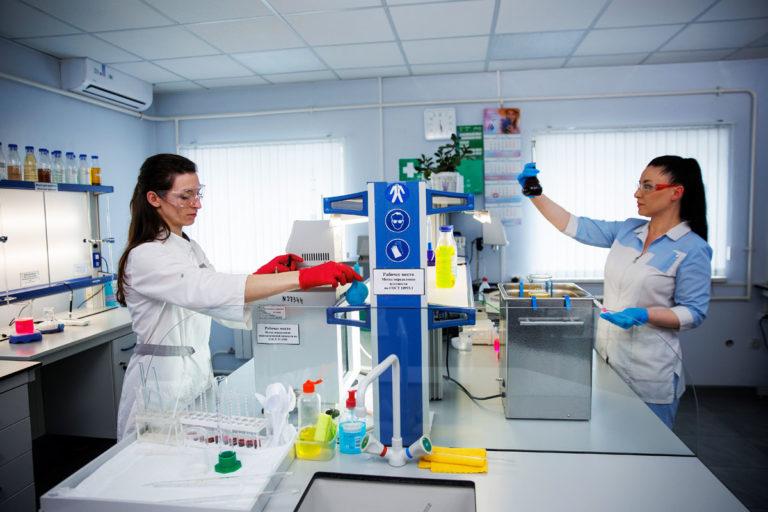
The specified coefficients are added to the denominator of the formula m = Q / (Cp × Δt). Thus, the final formula will be m = Q / k (Cp × Δt), where k is the heat transfer resistance parameter.
熱媒体の流量に応じた循環ポンプの選択
In the technical characteristics of circulation pumps, as a rule, the flow rate is indicated in liters per minute (l/min). In the formula described above, the result is specified in kilograms per second (kg/s). Accordingly, to select the pump unit, simple conversions must be made. First, the amount of antifreeze should be calculated not in kilograms, but in liters. To do this, the result obtained should be divided by the density of antifreeze. For example, if the liquid has a density of 1.06 g/cm3, then the flow rate in liters from the above calculation will be equal to 5.56/1.06 = 5.25 l / s. Secondly, instead of seconds, minutes should be used. To do this, multiply the result by 60. In this example, the flow rate will be 5.25-60 = 315 l/min. Taking into account the possible error, the pump should be selected with some reserve capacity, for example, 330-350 l/min.
ラジエターを通るクーラント流量
In most cases, the flow rate is calculated in order to select a suitable circulation pump. But it is also worth considering when choosing heating radiators. The fact is that the flow rate of antifreeze in the heating system is proportional to the speed of the fluid flow. The stronger the pressure in the pipes, the higher the pressure. The corresponding pressure will also be present in the radiators. Each type of radiator has a maximum allowable pressure. If this is exceeded, the radiator may depressurize and leak. This is especially critical if the heat is supplied to panel type radiators. Such radiators can withstand less pressure than sectional radiators. Therefore, panel radiators should be installed if the flow rate through the radiator is relatively low.
システム内のクーラント量
When making calculations and designing a heating system, it is not enough to know how to calculate the flow rate of the coolant. It is also necessary to take into account the volume of working fluid in the heating circuit. This parameter must be calculated in order to purchase a sufficient amount of antifreeze and avoid refilling. The total volume of coolant in the system is made up of three components:
- the capacity of the heat exchanger in the boiler;
- volume of radiators;
- volume of pipes.
The first two values can be found in the technical documentation for the boiler and radiators. Most boiler units have heat exchangers designed for 3-7 liters. Solid fuel models are more capacious and hold up to 25 liters of antifreeze. The capacity of radiators depends on the size of the sections or panels, as well as their number and design. On average, one section of a cast-iron battery holds 1.5 liters of liquid, bimetallic – 0.3 liters, aluminum – about 0.4 liters.
不凍液の量を計算する際の注意点
Calculating the total capacity of pipelines is quite simple. If the system uses pipes of the same size, it is enough to measure their internal diameter and total length. The volume is calculated by the formula V = π × r2 × L, where π = 3,14, L – the length of the pipelines, and r – the radius of the internal cross-section of the pipe (half of its diameter). To avoid errors, length and radius should be measured in the same dimension – for example, in meters. If the cross-section is measured in millimeters, the length should also be specified in mm, and the calculated volume will be measured in cubic millimeters (mm3). To convert cubic millimeters to liters, divide the result in mm3 by 1,000,000. For ease of calculation, typical values for standard pipe sizes can be used. The list below shows the values in this order: pipe size in inches, internal diameter and volume per meter length.
- 1/2, 15 mm – 0.177 l/m;
- 3/4, 20 mm – 0.314 l/m;
- 1, 25 mm – 0.491 l/m;
- 1 1/2, 40 mm – 1.257 l/m;
- 2, 50 mm – 2.467 l/m.
Consider an example. The system uses a boiler with a 6 liter heat exchanger, 10 radiators with a capacity of 4 liters each and 50 meters of 3/4 inch piping. The total volume of the system will be 6 + 10 × 4 + 50 × 0.314 = 61.7 liters.
システムに使用するクーラント
In order for the system of autonomous heating to effectively perform its functions, it is important not only to correctly calculate the flow rate of the coolant, but also to correctly select its composition and properties. Using ordinary water, even well purified, is not recommended. It can lead to premature boiler breakdowns and early wear of radiators, as well as to the formation of clogs in the pipes. It is necessary to pour into the circuit special antifreeze – Termagent, which should have the following properties.
Sufficient heat capacity. From this characteristic depends on the ability of the liquid to accumulate thermal energy and transfer it from the boiler to the heating batteries.
Chemical neutrality. Substances that make up the coolant should not enter into chemical reactions with metals, plastic, rubber and other materials used in boilers, radiators, pumps, pipes and seals.
Freeze Resistance. Ordinary water begins to turn to ice at zero temperature. If the boiler is turned off during the winter for lack of use or due to a breakdown, the liquid can freeze and rupture the pipes, radiators and boiler heat exchanger from the inside. This is due to the fact that ice has a density 10% less than water in the liquid state. Special heating antifreezes have high frost resistance. For example, ethylene glycol thermomagent crystallizes at -65 °C.
Safety. The vapors of the heat transfer fluid must not pose a threat to human health. This is critical because the working fluid can vaporize and spread indoors through leaks, open expansion tank lids and other means. The content of volatile toxic substances in the composition of heating antifreeze is unacceptable.
Read more about how to fill the heating system with thermal agent.
結論
The correct choice of antifreeze and accurate calculation of the flow rate of the coolant – one of the key conditions for stable and efficient operation of the heating system. Quality fluid will provide quality heat exchange and comfortable microclimate in the premises, and the correct calculation of the flow rate will allow you to select a circulation pump with the most suitable technical characteristics.

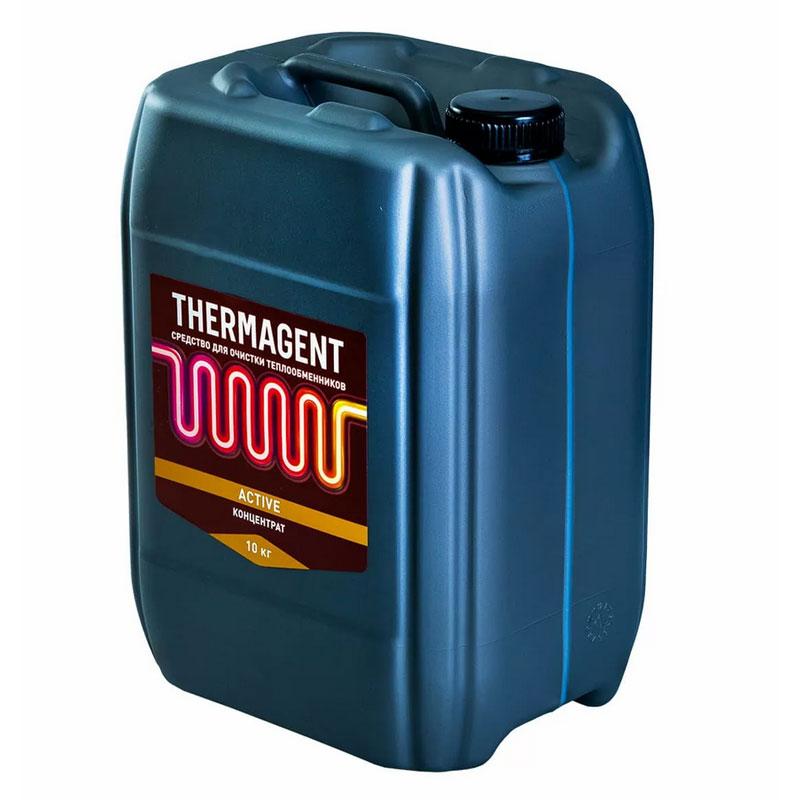
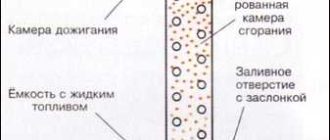
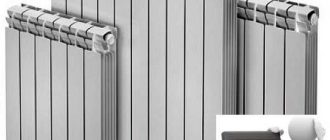
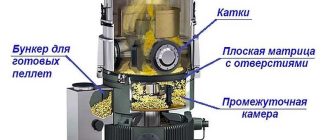
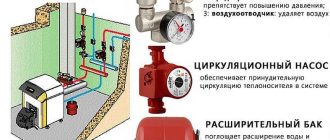
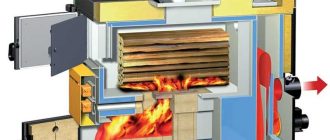
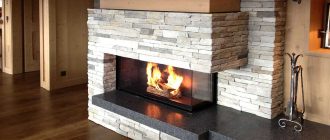
Calculating coolant volume can be a bit tricky, but it’s super helpful! I once tackled a radiator issue by using this method, and it worked like a charm. Just measure those dimensions right, and you’ll keep your system running smooth. Totally worth it!